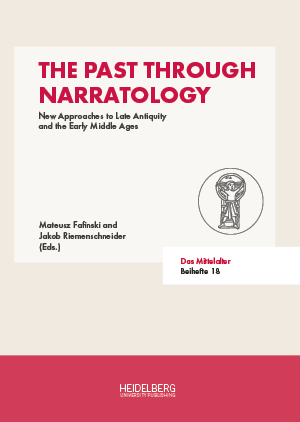How to Cite
License (Chapter)

This work is licensed under a Creative Commons Attribution-NonCommercial-ShareAlike 4.0 International License.
Identifiers (Book)
Published
The Erotic Dreams of Penelope (‘Epigr. Bob.’ 36 Sp.)
Abstract The ‘Epigrammata Bobiensia’ is a poetry collection, probably written between the fourth and fifth century. After the editio princeps by Munari in 1955 and the Teubnerian edition by Speyer in 1963, the ‘Epigrammata Bobiensia’ were not edited until the 2016 edition by F. R. Nocchi.
In this analysis, I attend to the many problems of interpretation of the epigram on Penelope (‘Epigr. Bob.’ 36 Sp.), where Ulysses’s wife proclaims her love for a mysterious man, and freely confesses her nocturnal torments due to her chastity caused by Ulysses’s long absence. During her sleep, these torments become erotic dreams at the height of an uncontrollable passion.
The purpose of this epigram seems to be one of questioning the traditional version of the image of Ulysses’s wife, chaste and faithful to her distant husband. On Penelope, indeed, there are two very different traditions: the first one, transmitted in particular by Homer, exalts the figure of the heroine as the greatest example of conjugal fidelity and modesty; the other one, handed on, among others, by Pausanias, Herodotus and Cicero, and most certainly adopted by the anonymous author of ‘Epigr. Bob.’ 36 Sp., turns the bride of Ulysses into an impudent woman in love, who breaks the laws of modesty and is unable to resist an overwhelming new amorous passion.






